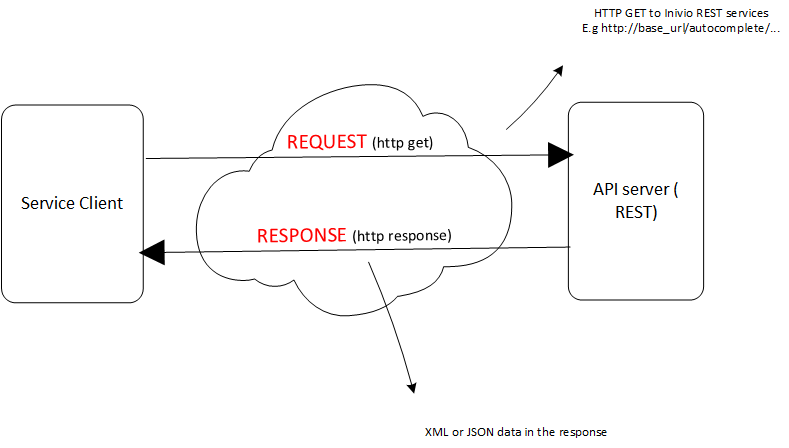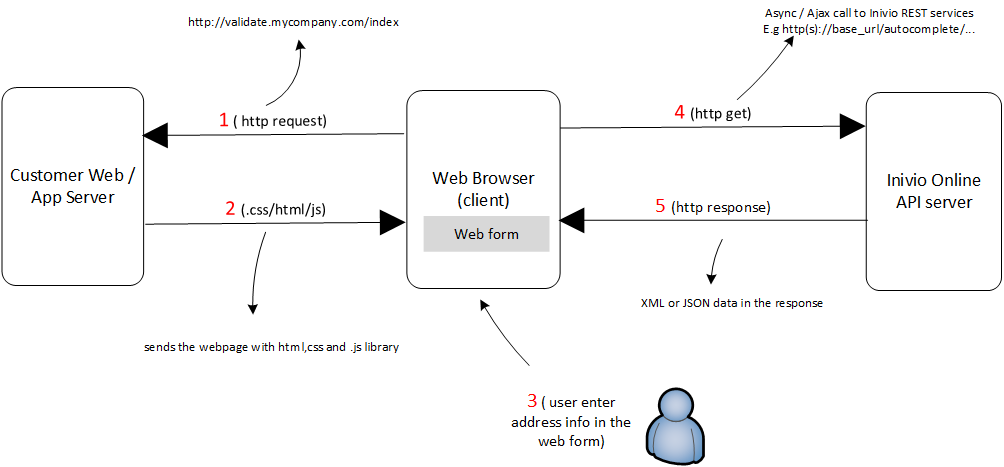1. What is the Marketing Portal by Equifax¶
Contents
1.1. Introduction¶
Marketing Portal by Equifax is an online data validation and enhancement service for marketers and analysts that can be accessed via the website or via API. This documentation covers the connection and use of the API.
Marketing Portal by Equifax provides real-time address validation and address completion during data capture. Additionally Marketing Portal by Equifax provides the capability to assign address identifiers like DPID and other address identifiers like Census Survey Area, Street Segment and a UAN.
The Marketing Portal by Equifax leverages years of ‘Applied Intelligence’ from Equifax to deliver deep insights and segmentation data at an address level for risk profiling, income indicator and credit demand indicators.
Marketing Portal by Equifax, as the name suggests is an online service. The service is offered as an API over HTTP. Marketing Portal by Equifax is a hosted service which is fully managed, scalable and provides high availability. The API is provided as a REST based web service.
With real time transactional address validation and other features, Marketing Portal by Equifax provides an easy and efficient customer experience and delivers high quality data to the business.
The benefits are:
- High quality data
- Customer Segmentation
- Market Insights
- Quick and easy form completion
- Cost effective
- Easy implementation
- High transaction volume
- Reliable
1.2. How Marketing Portal by Equifax works¶
Marketing Portal by Equifax is a web based API service. The APIs are exposed to clients via REST based HTTP URLs. Client consumes the REST service by sending the requests to the desired REST API endpoint. The API service will respond with the requested data in the HTTP response in XML or JSON data format.

1.2.1. Requests¶
The request is a REST URL which includes base URL, resource and associated method and query parameters. An example of a well formed REST URL is
http://services.inivio.com.au/autocomplete/address/postcode?postcode=21&state=nsw
- where:
services.inivio.com.auis the base_url;autocomplete/addressis the resource;postcodeis the method; andpostcode=21&state=nswis the query parameters.
1.2.2. Responses¶
- The HTTP response includes:
- A HTTP status in the 200 range for successful HTTP transactions, or else a HTTP error status
- A response body that contains data in JSON or XML data format
- Your requested data if successful
- Responses and error codes are detailed on the Error Handling page.
- An example response which shows
HTTP 200 OKwith content length of 205 characters and content type asapplication/json
HTTP/1.1 200 OK
Cache-Control: private
Content-Length: 205
Content-Type: application/json; charset=utf-8
Server: Microsoft-IIS/8.5
X-AspNet-Version: 4.0.30319
X-Powered-By: ASP.NET
Date: Tue, 18 Feb 2014 11:50:44 GMT
{"Result":["Marks St","Mckay St","Merri St","Munro St","Mcvean St","Minnie St","Mciver St","Michael St","Murdock St","Millward St","Moreland Rd","Mitchell St","Mayfield Ave","Mcpherson St","Mcdougall St"]}
1.3. Typical Setup¶
The diagram below shows how Marketing Portal by Equifax REST API services may be consumed by a web browser client
